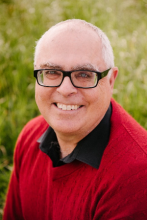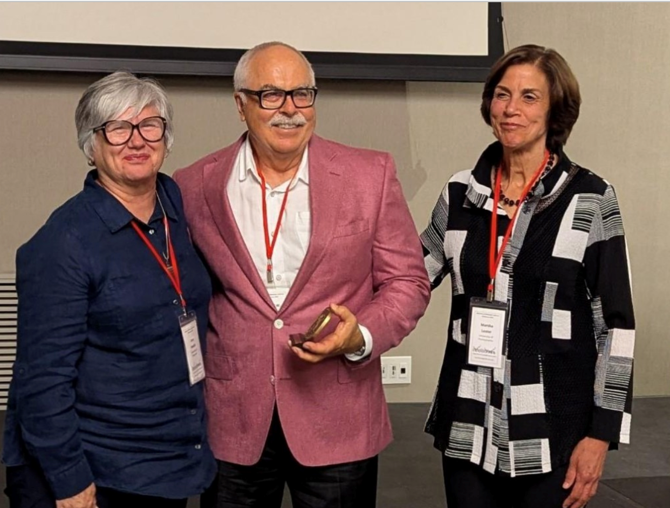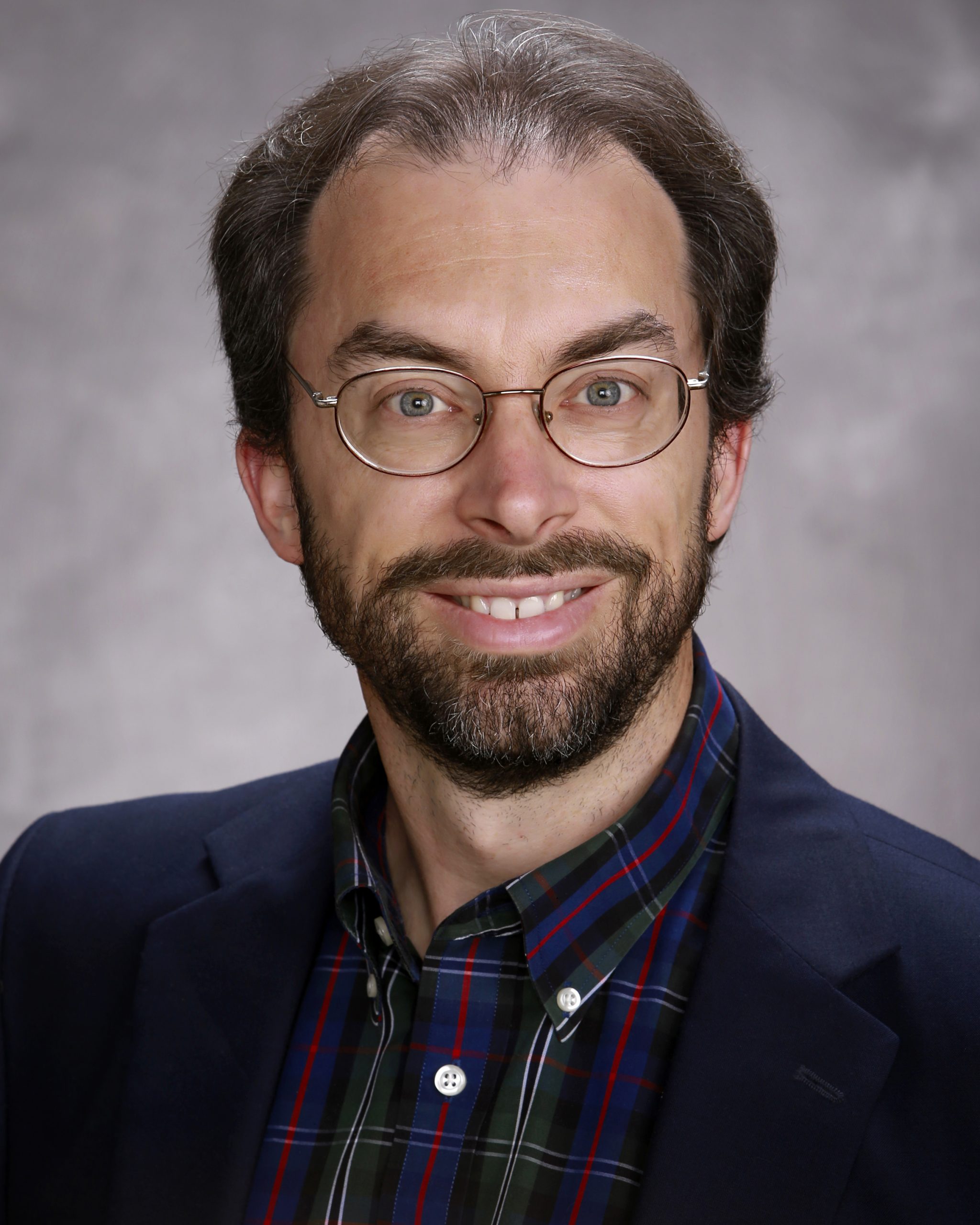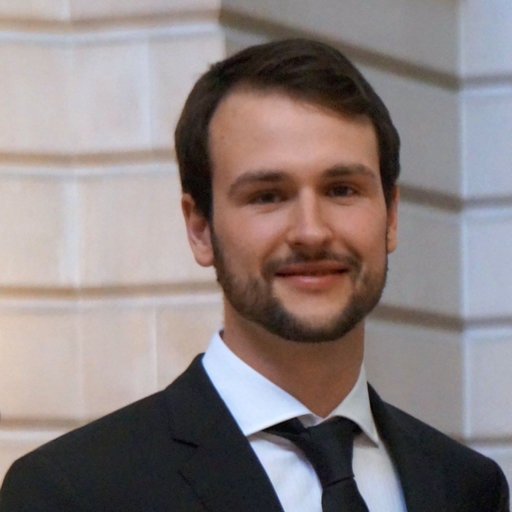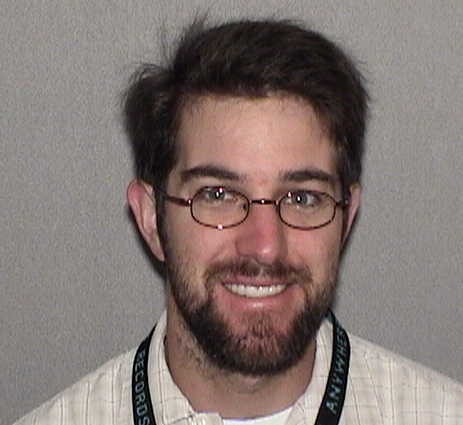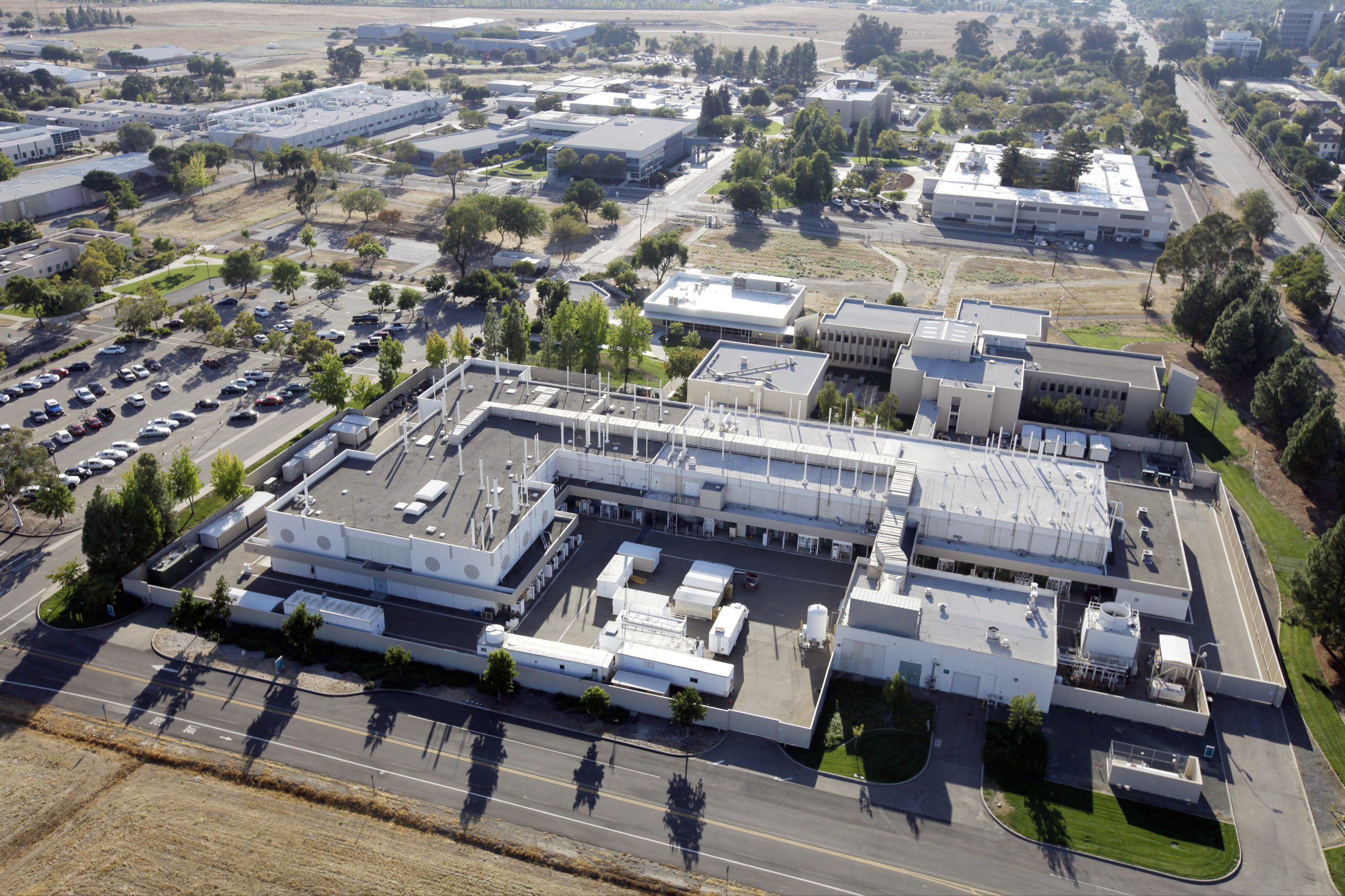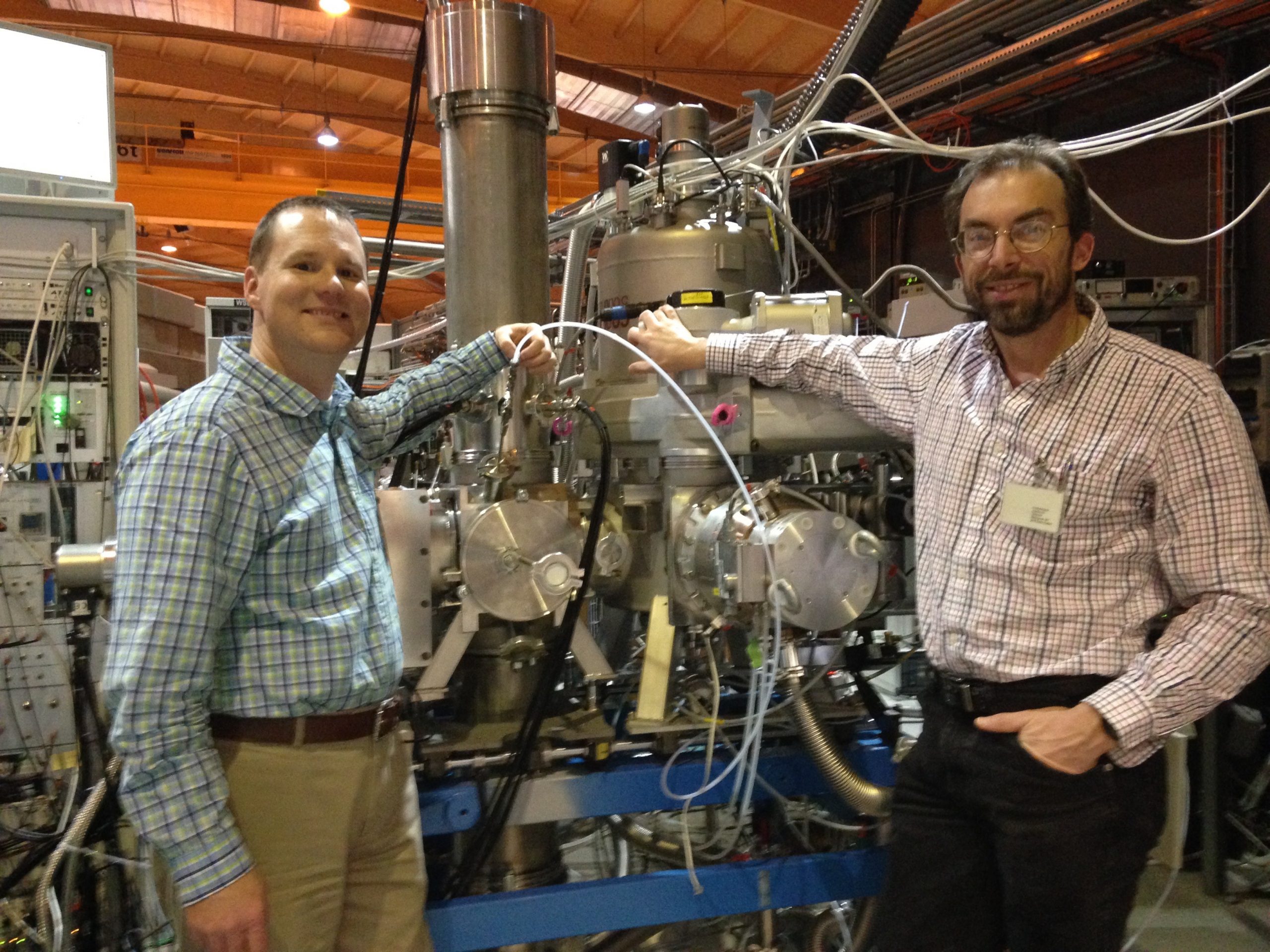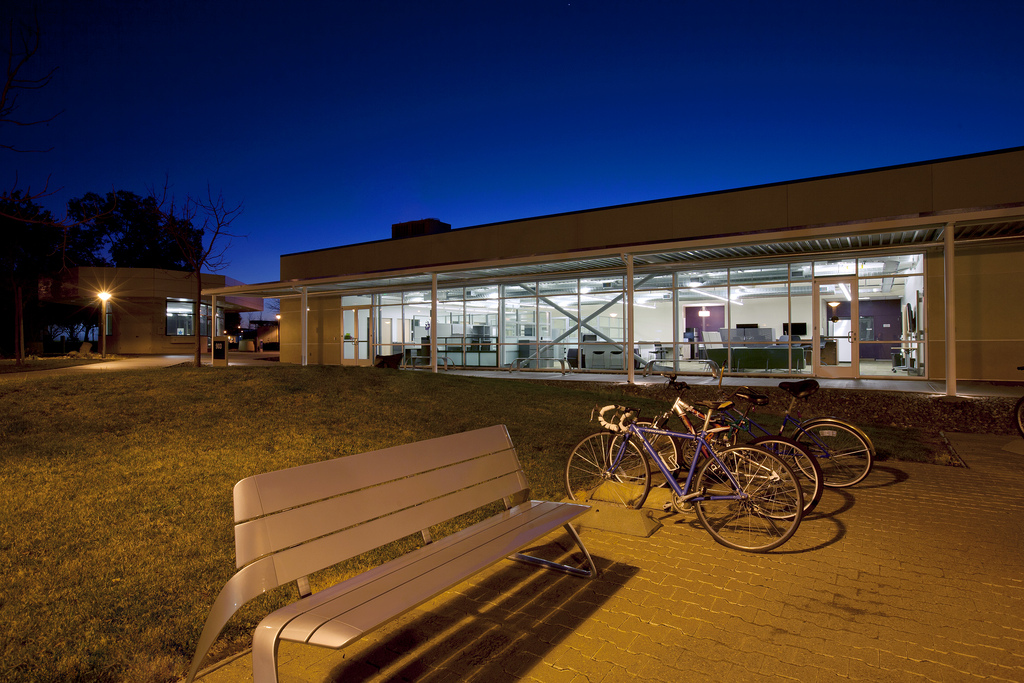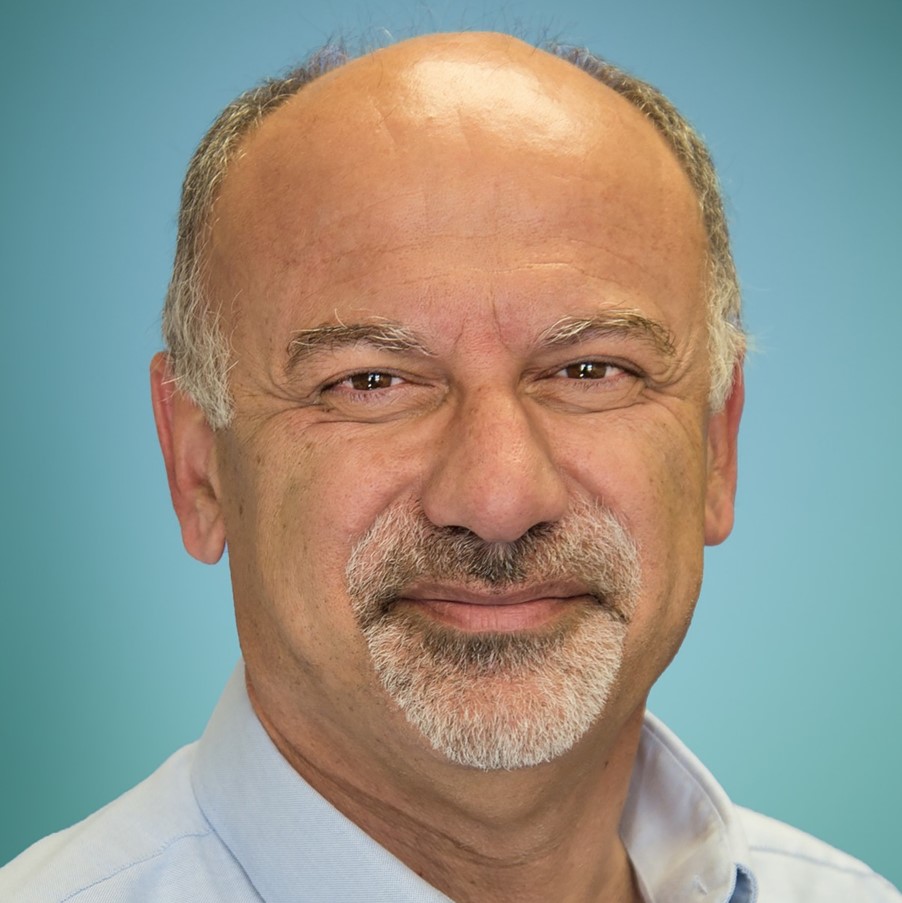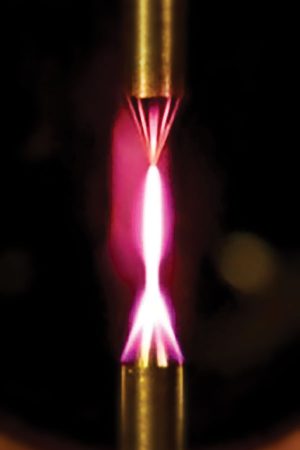Staff Page • Engineering Science, Senior Member of Technical Staff. Biography Dr. Dario Lopez Pintor is the principal investigator in the Sandia Low-Temperature Gasoline Combustion Engine Laboratory, the Off-Road Diesel Engine Laboratory and the Light-Duty Direct-Injection Spark-Ignition Engine Laboratory. Dario is currently responsible for research to improve efficiency and reduce emissions of off-road...

